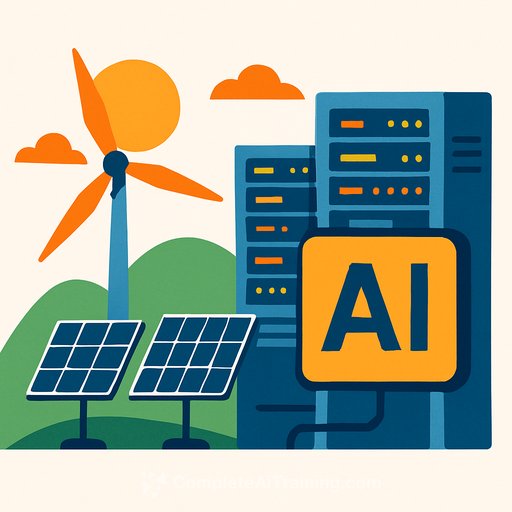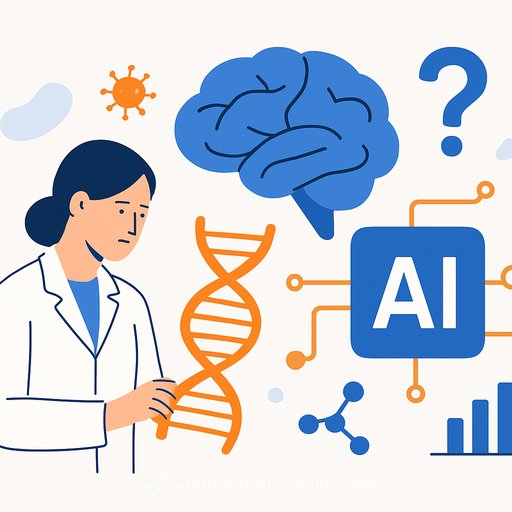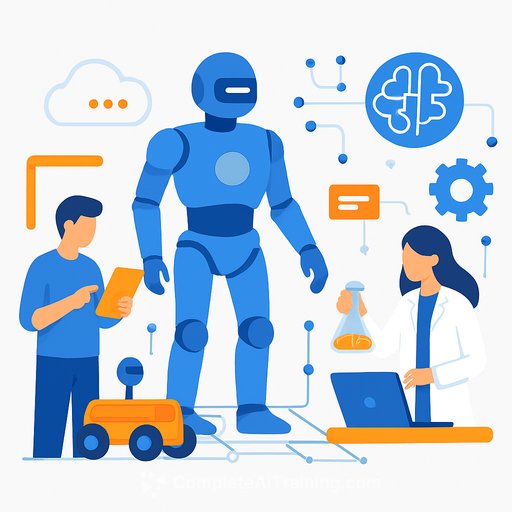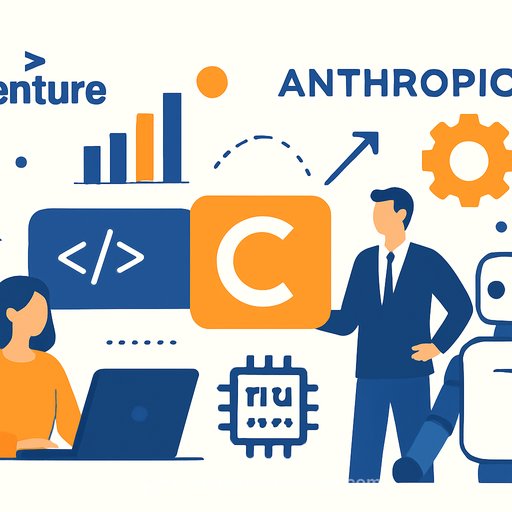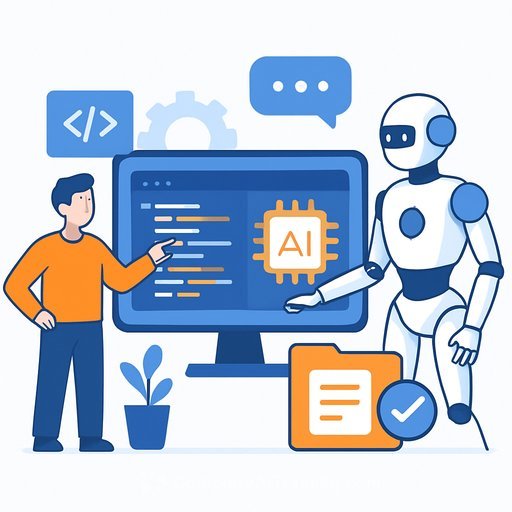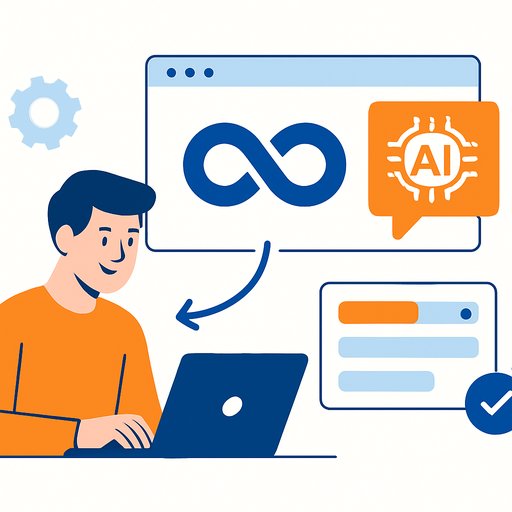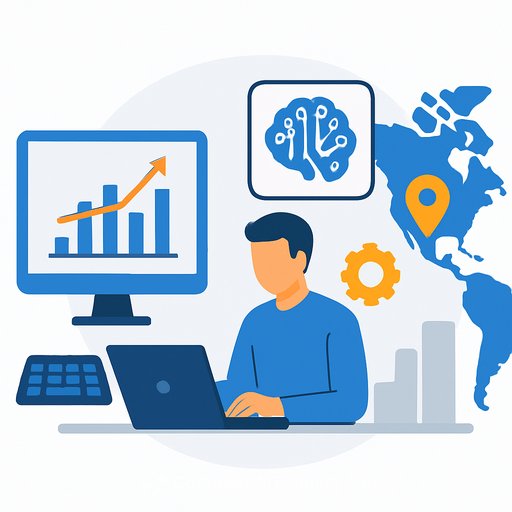Green Energy’s Role In A World Where AI Data Centers Are Power Hungry
On a sunny April afternoon, a massive power outage darkened the Iberian Peninsula. Millions were affected as businesses shut down, travelers were stranded, and communication lines failed. While the exact cause remains under investigation, this event has reignited the debate about the best energy sources to support the rapid expansion of AI and data centers.
Renewable energy is essential. Its capacity to support AI growth is improving thanks to advances in energy storage, smarter grids, and demand-side innovation. However, for now, clean energy needs to be paired with natural gas to maintain reliability. Over time, green power and nuclear energy will form the backbone, but today, a hybrid approach is the most effective.
Renewables and Grid Resilience
"Thanks to significant growth in renewables and utility-scale battery storage in the U.S., along with new grid-enhancing technologies, our power grid handles stress better than it did five years ago," says Jim Spencer, CEO of Exus Renewables North America. Renewables help power AI data centers by meeting rising demand, lowering costs, and driving economic innovation.
Political debates often blame energy outages on fuel source choices. Traditional fuel advocates argue wind and solar depend on weather and require costly backups like batteries or natural gas. Yet, during the Iberian blackout, renewables supplied 70% of the energy. The failure was due to the grid’s inability to respond quickly to sudden power losses at substations, which disrupted voltage and frequency—key to grid stability.
Green energy integrates quickly and cost-effectively with support systems like batteries, demand response, and natural gas generators. Battery prices have dropped over 85% since 2010, boosting reliability. Renewables can also be located close to data centers, reducing transmission strain. According to Ron Schoff, R&D director at EPRI, the challenge is timing — data center demand is surging now, so the grid must respond rapidly to shifts in supply and demand.
Technically Superior Wind Turbines and Solar Panels
Wind Harvest offers turbines built to withstand harsh conditions, even during storms or grid stress. Their unique vertical design allows them to capture wind from any direction, operating near the ground where conventional turbines struggle. This technology can maintain electricity generation in gusty, turbulent conditions, enhancing grid stability.
Kevin Wolf, CEO of Wind Harvest, explains their turbines use advanced aeroelastic modeling to perform where others fail. They can be integrated into wind farms near AI data centers, enabling power generation in windy locations close to the ground. This approach expands renewable energy’s reach beyond traditional setups.
The Need for Backup and Future Technologies
Currently, renewables alone can't meet AI data centers’ urgent, large power needs. These centers require uninterrupted power, supported by high-quality battery storage or fast-start natural gas generators. While technologies like long-duration storage, clean hydrogen, and small modular nuclear reactors show promise, they are not yet scalable.
This leaves natural gas and large nuclear plants running around the clock for AI power. Coal, promoted by some, is less viable due to high costs, inflexibility, and slow ramp-up times. Coal plants are aging, expensive to retrofit, and unable to compete without subsidies.
Cornelius Shields, founder of Kore Infrastructure, highlights the importance of an "all-of-the-above" energy approach. He emphasizes expanding the definition of renewables to include always-on, scalable, locally deployable sources like organic waste energy.
The Utility Sector’s Focus on Reliability
Utilities prioritize reliable, affordable power. Coal’s dirtier profile and higher costs conflict with this goal. Most U.S. coal plants are decades old, and utilities plan based on long-term cost projections. As energy demand surges due to AI growth, electrification, and decarbonization, grid technologies must evolve to handle this load.
Solar and battery storage accounted for 81% of new U.S. electric generation capacity last year. Major AI companies such as Google, Microsoft, and Meta have committed to running entirely on renewable energy. Locating data centers in renewable-rich regions helps reduce stress on central grids.
Approximately 260,000 megawatts of new power are expected to join the U.S. grid, more than doubling current power plant output. Nearly 95% of this will come from solar, wind, and battery storage, according to the Lawrence Berkeley National Laboratory.
Jason Huang, CEO of TS Conductor, points out that the power grid lacks capacity and faces bottlenecks. Advanced conductor technology is ready for large-scale deployment to improve affordability and grid performance.
Lessons from the Iberian Blackout
The Iberian Peninsula blackout was not caused by renewables but by regulatory shortcomings, outdated grid technology, and extreme weather. Adding increasing electricity demand from AI data centers intensifies these challenges. Continued investment in innovative grid and energy technologies is crucial for matching clean energy supply with real-time data center demands.
For those interested in gaining deeper expertise on AI and its infrastructure demands, exploring specialized AI courses can provide practical insights into managing AI workloads efficiently.
Your membership also unlocks:

